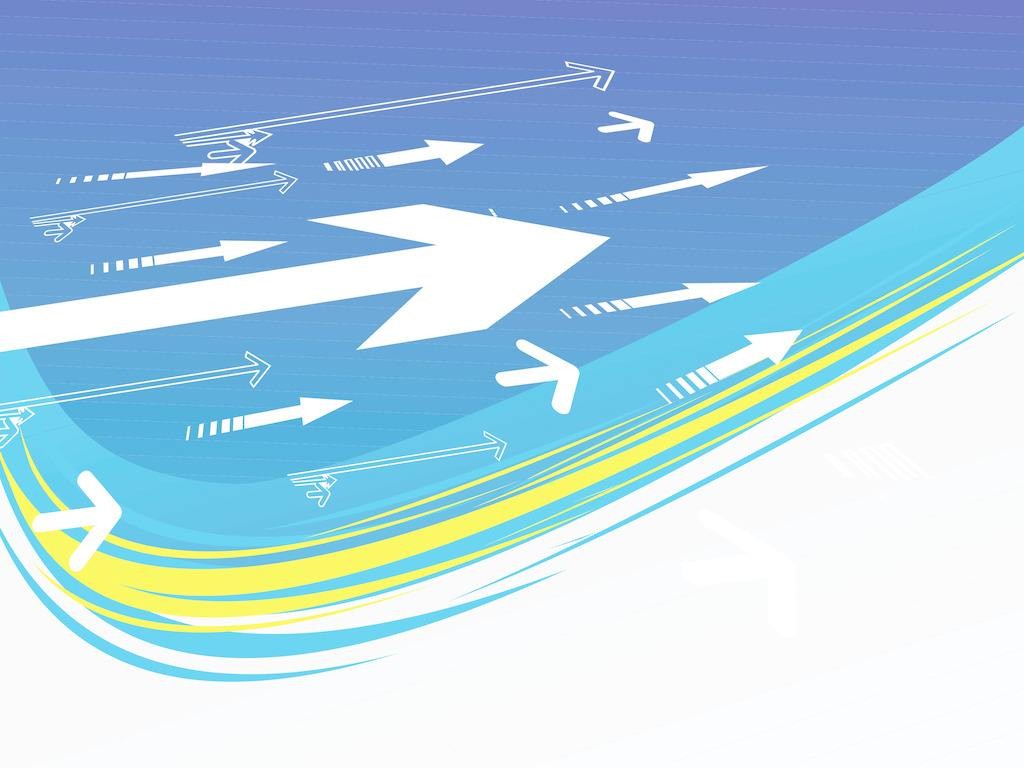"The father of Industry 4.0" Wolfgang Wahlst once pointed out that artificial intelligence is the driving force of Industry 4.0. Many people think that Industry 4.0 is unmanned production, but the fact is that even in the next ten years, what it wants to realize is not unmanned production, but combined production.
It can be seen that the concept of "man-machine collaboration" in the industry is the product of this understanding, and with the improvement of artificial intelligence technology, the relationship between human and robot will no longer be simple "collaboration", a new relationship has emerged -- "man-machine integration".
"Man-machine integration" means that humans and robots can work in the same natural space, coordinate closely, improve their skills independently and interact naturally, while ensuring safety, said Wang Natural, an academician at the Chinese Academy of Engineering. The realization of such a robot in harmony with humans will change the relationship between humans and robots. It is a relationship of friends, which can understand each other, perceive each other and help each other.
It is commendable that many robot manufacturers have also begun to explore the "man-machine integration". At the World Robot Conference held in Beijing not long ago, some manufacturers exhibited intelligent human-machine integration robots based on multiple perceptions. Through the perception of multiple information such as torque, sound and vision, and the integration of dynamic rigid and flexible control, intelligent voice interaction, active environment perception and other cutting-edge technologies, the real integration interaction between human and machine and environment is realized.
It is inevitable for robots to move towards man-machine integration. At present, the robot mainly includes industrial robot, service robot and special robot three categories. Among them, industrial robots are the most widely used in 3C assembly and manufacturing, logistics, warehousing and handling, and agricultural and sideline product manufacturing. Service robots have a huge market in areas such as robot assistants, chat and escorts. The main markets for special robots are intelligent cars, drones, medical surgery and financial trading decisions. Man-machine integration, so that the relationship between human and robot will also change, both sides can closely coordinate, autonomously improve their skills, natural interaction, while ensuring safety.
Du Pinsheng, vice president of German Phoenix Electric (China) Co., LTD., further believes that the future of automated manufacturing is not machine replacement, factory unmanned, machine to create people, but machine help, factory VIP, intelligent people. People control multiple robots to work together at the same time, which can improve efficiency and increase flexibility; Coordination and interaction between human and robot will not only improve the machining accuracy and speed of robot, but also enhance the self-learning function of robot.
Yu Zhiwen, a professor at Northwestern Polytechnical University, said that the integration of human and machine intelligence is becoming an important feature and major trend of the new generation of computing technology. The integration of human-machine intelligence is not only a temporary mixture of intelligence in physics, but to make this fusion produce chemical reactions, burst out more and stronger wisdom, through the deep integration of different granularity of intelligence, co-evolution, to achieve the symbiosis of human and machine intelligence.
With the development of computer hardware and software technology, artificial intelligence has further flourished, and the human-machine fusion form proposed by scientists in the 1960s has become possible and presented in the real world. Researchers have made some initial attempts so far, but there is still a long way to go before true human-machine convergence, with many theoretical and technical challenges to overcome.


